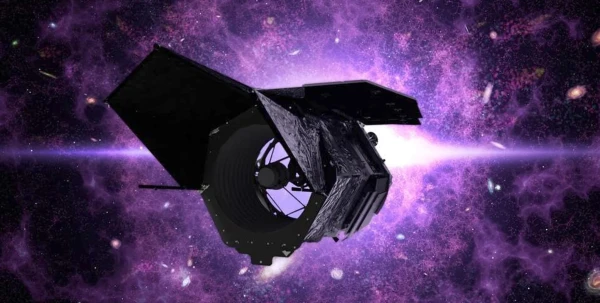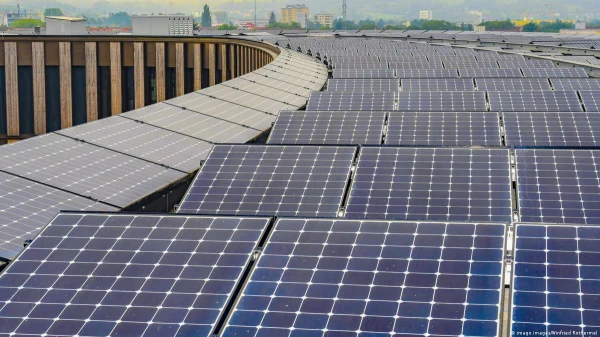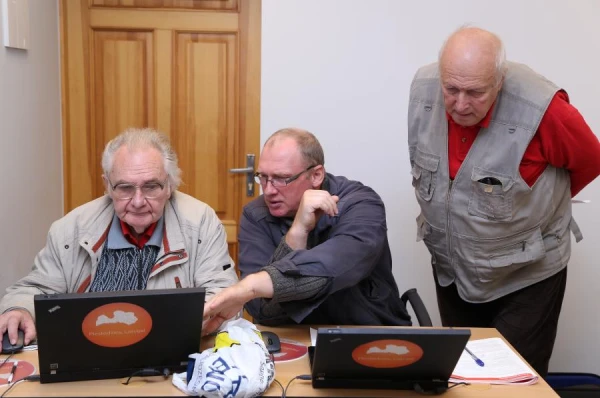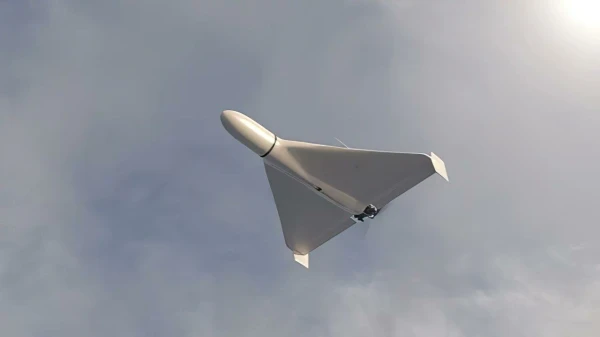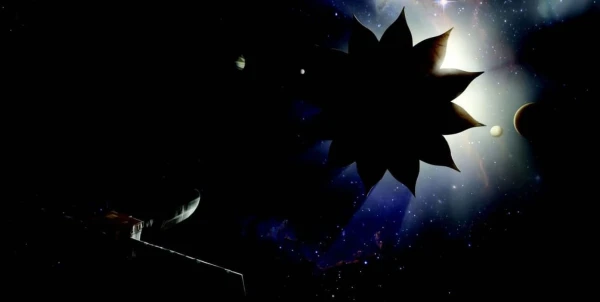
Earth-like planets are located at a distance of about 81 light-years.
If a hypothetical extraterrestrial civilization lives near a very old and therefore very hot star, it could save its planet from overheating with a protective astroengineering structure. Astrophysicists explained how it could be detected using a new observatory.
According to forecasts, the Sun will continue to "burn" for about another five billion years, but life on Earth will disappear much sooner. The star is gradually getting hotter, and this will inevitably disrupt the established balance on our planet: approximately within the next billion years, there will be no carbon dioxide in the atmosphere for photosynthesis, and the oceans will begin to evaporate intensively, creating a severe greenhouse effect. Almost all life will perish then.
Astrophysicists from Sweden reasoned that such a fate should also be in store for any hypothetical habitable exoplanet, including those inhabited by intelligent beings. Humanity, which has existed for a comparatively short time, already has ideas on how to "extend the life" of its home Earth. Thus, such thoughts cannot fail to arise among the presumed intelligent aliens.
In a recent article (available on the preprint server arXiv.org), scientists explained that an extraterrestrial civilization could shield itself from its "burning" sun. In that case, there is a chance to detect it.
As the researchers explained, the "brothers in reason" should build a huge protective screen for partial shading of their planet and deploy it in space between it and the star, in one of the so-called Lagrange points, where the gravity of the star and the planet balance each other. There, the object can remain stable for a very long time.
With such a screen, the planet during observations will not look the same as it would without it: as it moves along its orbit around the star, it will reflect light differently depending on how the flat astroengineering structure placed around it is oriented relative to us. Periodically, the screen will need to "shine" and create a sharp "flash".
Astrophysicists took into account that the planet, for example, may have rings, moons, and may be surrounded by gas and dust clouds, and so on. Nevertheless, they assured that any natural "veil" could be distinguished from an artificially created one.
According to calculations, this "screen" could be detected using the future Habitable Worlds Observatory, which is hoped to be built and launched into space in the 2040s. Its main task will be to search for Earth twins within approximately 81 light-years around us.
The scientists proposed using this telescope to observe the nearest already quite "aged" stars with masses similar to that of the Sun, slightly larger or smaller. A whole list of such suitable stars has already been compiled, numbering about 120. For example, there is the orange dwarf HIP 73184, located 19 light-years away from us, which is over seven billion years old, and the much older similar star HIP 57443, located 30 light-years away.


